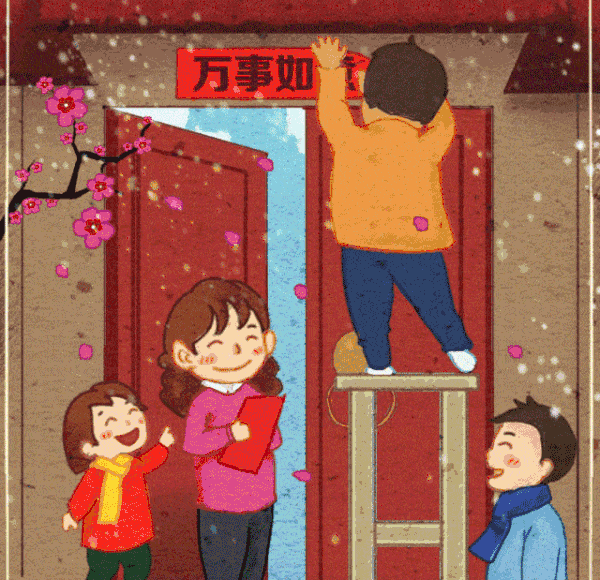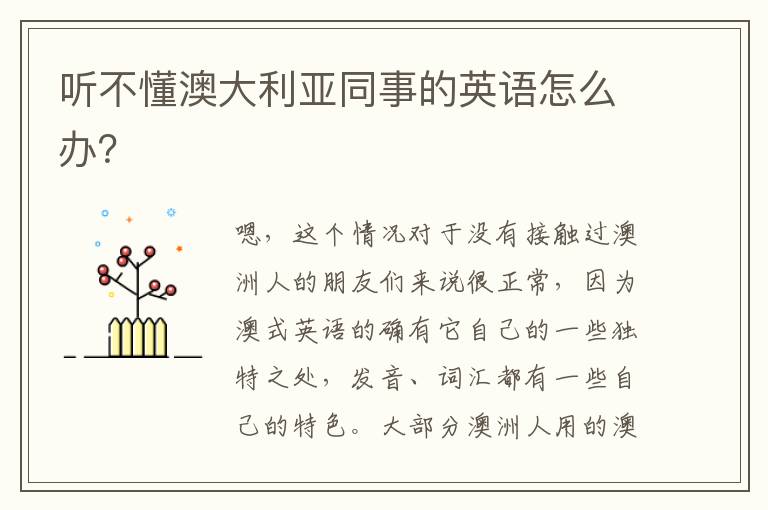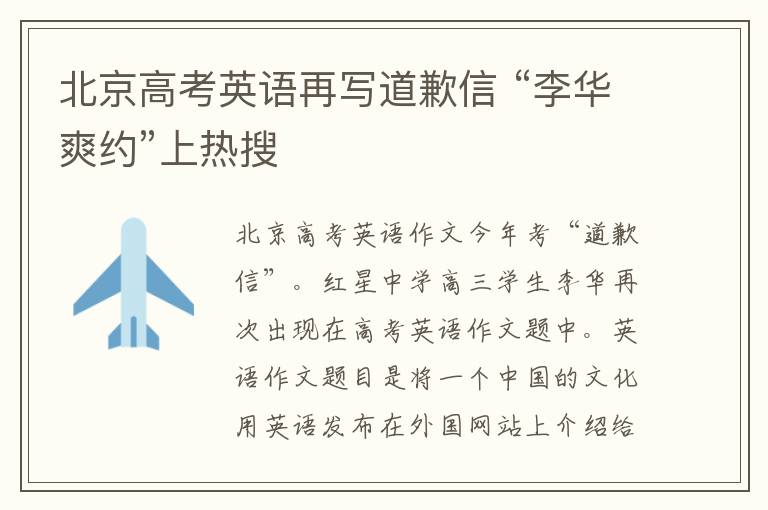SAT片段阅读:City Planning According to Artistic Principles

City Planning According to Artistic Principles
The work of Sitte is not exactly a criticism of architectural form, it is more precisely an aesthetic criticism of the nineteenth centurys end urbanism. Mainly an urban planning theory book, it has a deep influence in architecture, as the two disciplines are deeply intertwined. It was also highly successful in its time. Between 1889 and 1922 it was edited five times. It was translated into French in 1902, but was not translated into English until 1945.
For Sitte, the most important is not the architectural shape or form of each building, but the inherent creative quality of urban space, the whole as much more than the sum of its parts. Sitte contended that many urban planners had neglected to consider the vertical dimension of planning, instead focusing too much on paper, and that this approach hindered the efficacy of planning in an aesthetically conscious manner. Athens and the ancient Greek spaces, like the agora and the forum are his preferred examples of good urban spaces. He makes a study of the spatial structures of the cities, squares, monuments, and confronts the living beauty and creativity of the most ancient ones with the sterility of the new cities. In general:
Sitte makes an analysis based on sensitivity aesthetics and is not concerned with the historical circumstances that generated such forms. Urbanism is to be lived today and thus must be judged according to todays needs and aesthetics;
Criticizes the regular and obsessive order of the new squares, confronting it with the irregularity of the medieval city. A square should be seen as a room: it should form an enclosed space;
Criticizes the isolated placement of Churches and monuments, and confronts it with how monuments were formerly presented to the viewer;
With examples from Italy, Austria and Germany, he defines a square typology, an enclosed squares system of the ancient times. He studies from a psychological viewpoint the perception of the proportions between the monuments and its surroundings, opposing the fashion of very wide streets and squares, and the dogma of orthogonality and symmetry;
He fears that Urbanism would have become a mere technical task without any artistic involvement. He acknowledges an antagonism between the picturesque and the pragmatic, and states that these restrain the works of the artists. The building of another Acropole would become impossible, not only because of the financial means, but also the lack of the basic artistic generating thought;
He stated that an urban planner should not be too concerned with the small design. The city should only take care of the general streets and structure, while the rest would be left to private initiative, just as in ancient cities;
He Provides an example of his theories at the end of one of his books in the form of the redesign of Viennas Ring, a circular avenue.
His theories were widely influential for many practiticians, like Karl Henrici and Theodor Fischer. Modernist movements rejected these thoughts and Le Corbusier is known for his energetic dismissals of the work. Nevertheless, his work is often used and cited as a criticism of the Modernist movement, its importance reemerging in the post-modernist movement of the late sixties.
City Planning According to Artistic Principles
The work of Sitte is not exactly a criticism of architectural form, it is more precisely an aesthetic criticism of the nineteenth centurys end urbanism. Mainly an urban planning theory book, it has a deep influence in architecture, as the two disciplines are deeply intertwined. It was also highly successful in its time. Between 1889 and 1922 it was edited five times. It was translated into French in 1902, but was not translated into English until 1945.
For Sitte, the most important is not the architectural shape or form of each building, but the inherent creative quality of urban space, the whole as much more than the sum of its parts. Sitte contended that many urban planners had neglected to consider the vertical dimension of planning, instead focusing too much on paper, and that this approach hindered the efficacy of planning in an aesthetically conscious manner. Athens and the ancient Greek spaces, like the agora and the forum are his preferred examples of good urban spaces. He makes a study of the spatial structures of the cities, squares, monuments, and confronts the living beauty and creativity of the most ancient ones with the sterility of the new cities. In general:
Sitte makes an analysis based on sensitivity aesthetics and is not concerned with the historical circumstances that generated such forms. Urbanism is to be lived today and thus must be judged according to todays needs and aesthetics;
Criticizes the regular and obsessive order of the new squares, confronting it with the irregularity of the medieval city. A square should be seen as a room: it should form an enclosed space;
Criticizes the isolated placement of Churches and monuments, and confronts it with how monuments were formerly presented to the viewer;
With examples from Italy, Austria and Germany, he defines a square typology, an enclosed squares system of the ancient times. He studies from a psychological viewpoint the perception of the proportions between the monuments and its surroundings, opposing the fashion of very wide streets and squares, and the dogma of orthogonality and symmetry;
He fears that Urbanism would have become a mere technical task without any artistic involvement. He acknowledges an antagonism between the picturesque and the pragmatic, and states that these restrain the works of the artists. The building of another Acropole would become impossible, not only because of the financial means, but also the lack of the basic artistic generating thought;
He stated that an urban planner should not be too concerned with the small design. The city should only take care of the general streets and structure, while the rest would be left to private initiative, just as in ancient cities;
He Provides an example of his theories at the end of one of his books in the form of the redesign of Viennas Ring, a circular avenue.
His theories were widely influential for many practiticians, like Karl Henrici and Theodor Fischer. Modernist movements rejected these thoughts and Le Corbusier is known for his energetic dismissals of the work. Nevertheless, his work is often used and cited as a criticism of the Modernist movement, its importance reemerging in the post-modernist movement of the late sixties.









